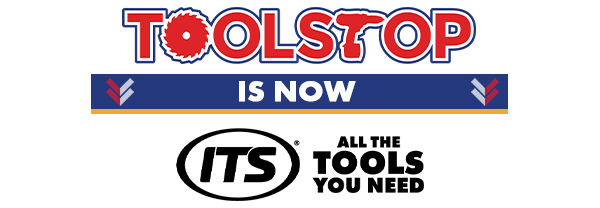Drill Dust Collecting Attachments
Drill dust collectors reduce airborne dust and debris while you work. These attachments connect to your vacuum or extractor to create a cleaner, safer workspace – perfect for indoors, finished areas or when working overhead.
What Are Drill Dust Collecting Attachments?
Designed to improve visibility and reduce clean-up, these accessories capture debris at the point of drilling:
- Suction Heads – Sit flush to the wall or surface and draw in dust through the bit opening.
- Rubber Cups – Simple vacuum-formed domes that stick in place while you drill.
- Integrated Drill Shrouds – Often part of a tool-specific system for optimal fit and airflow.
Best For:
- Drilling into plasterboard or block indoors
- Reducing mess in kitchens, offices or bathrooms
- Fixings into ceilings or overhead surfaces
- Working in dust-sensitive zones or retrofit jobs
How to Choose the Right Dust Collector
Pick an attachment that matches your tool, bit size and extractor type:
1. Bit Compatibility
Most dust attachments fit SDS or standard bits up to around 16mm. Check for larger core or socket bit compatibility if needed.
2. Suction Connection
Match the hose diameter to your dust extractor. Adaptor kits are available if you're running a non-matching brand.
3. Surface Type
Some suction cups work best on smooth walls. Use a rubber-backed version for brick or rough render.
Popular Brands for Dust Collection
Top manufacturers offer tool-specific and universal dust heads:
1. Bosch & Makita
Effective solutions with hose ports, flap seals and vac-ready designs.
2. DeWalt & Festool
Connect directly to system extractors for compliant jobsite use.
3. Vaunt & Generic
Budget-friendly universal attachments for most combi and SDS drills.
Drill Dust Collector FAQs
Do I need a vacuum for these to work?
Yes – most dust heads need to be connected to a dust extractor or site vacuum for suction. Some manual versions collect minimal debris passively.
Can I use them with SDS drills?
Absolutely – many dust heads are compatible with SDS and rotary hammer drills. Just check the bit size and fitting range before use.
Do dust shrouds affect drill depth?
Some may slightly reduce depth or visibility, especially on deep holes. Most are adjustable or feature clear fronts to help line up accurately.
How do I attach them?
Many models use suction alone to hold in place. Others require clips or hose mounting to your extractor system.
Are these required by dust control regs?
While not mandatory on all sites, dust reduction is part of HSE compliance. Using these shows best practice in confined or sensitive zones.



